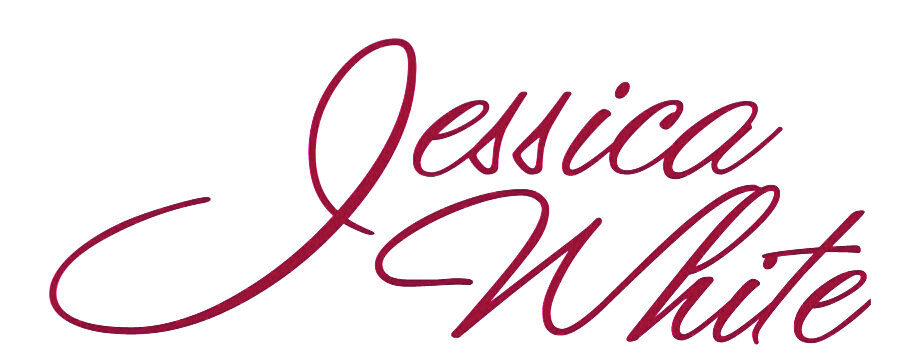Georgiana Molloy and the Craft of Collecting
Upstairs in the Battye Library in Perth in 2007, I sat in a darkened room squinting at a microfilm of the sloping copperplate in Captain James Mangles’ letter books, which consisted of letters written to him on matters of botany between 1835 and 1845. Mangles was an amateur botanist who had retired from the British navy and lived near Regent’s Park, London. One of his correspondents was Georgiana Molloy, who emigrated from Carlisle, England, to Augusta in south-west Western Australia, arriving in 1830. In 1836, Molloy, who knew Mangles’ cousin Ellen Stirling, wife of the governor of Perth, received a letter and box of English seeds from Mangles, with the request that she return it to him filled with Australian seeds. Molloy protested, ‘I fear you have bestowed your liberality on one whose chief pleasure is her Garden but who does not enter the lists as a florist, much less a Botanist’, however she agreed to collect specimens when she had time. I had read extracts of Molloy’s letters in a biography written by Alexandra Hasluck, Portrait with Background (1955), but this was the first time I had seen them in their entirety.
Although the air was chilly with air conditioning in the archives, my skin was burning. As a broke writer, I’d been staying at a youth hostel, and a bed bug had bitten me on the toe as I slept. In an allergic reaction, red itchy welts the size of my palm stretched up my ankles, calves and neck. As I read the microfilms, I sat on my fingers to stop myself from scratching.
Once I reached the last letter, I requested access to the original letter books, and went up another floor to read them. When the books arrived in their cardboard box, I marvelled at their smallness. It seemed remarkable that the reams I had written on passion, grief and the history of botany were inspired by the careful cursive of these two books, only twice the size of my hand.
This essay was written for the 2013 Ridgeline Residency, a collaboration between Ridgeline Pottery and Island magazine in Tasmania. If you'd like to read it in full, you can buy a copy of the issue or (even better!) subscribe to the magazine to read it.

